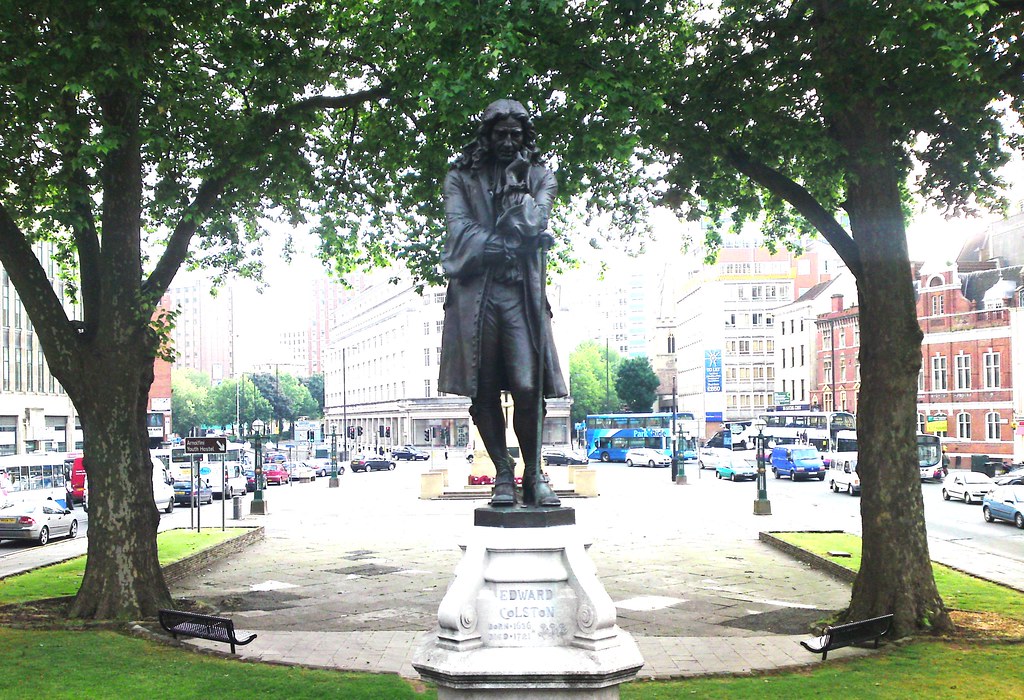When the statue of slave-trader Edward Colston was pulled down and thrown in the Bristol Harbour in June 2020, a long overdue conversation over who this country choses to memorialise in bronze was ignited. Since then, hundreds of statues and memorials across the country were placed under review, with almost 70 already removed or renamed. What is to replace the empty plinth’s around the country has become an area of contention among the public and politicians.
New legal protection for these statues and monuments has recently been announced by Communities Secretary Robert Jenrick. A policy of “retain and explain” will mean any monuments will need to attain full planning permission and pass through a process of public consultation before they can be removed. The new safeguards come after comments from Jenrick that monuments should not be taken down “at the behest of a baying mob”. Legal action follows arguments that statues are important educational and historical artifacts that should be protected. Instead of removal, calls are being heard to highlight the dark history of many of the individuals through new plaques which would provide context to their controversial standing. It is important that these statues are understood as both part of history as well as contributors to histories darkest moments.
However, the glorification of the individuals that comes from placing them on a pedestal, is too much for many. Already statues have been taken down in Oxford and London, and local reviews are highlighting where action needs to be taken. But who should decide what is created to replace these commemorations and what should they be? In Bristol, where it all started, the empty plinth where the Edward Colston statue stood has become the site of a public art project. The People’s Platform allows members of the public to submit ideas and designs which can then be exhibited virtually. It is clear that the communities that look to these statues everyday should be allowed a voice over who they see. Furthermore, who is seen, and who creates it should reflect the very communities the statue belongs to. This country has a rich history of diverse stories which too often get overlooked and untold. It would be a powerful statement if in the place of a slave trader, racist or colonialist, the very people they oppressed were celebrated in recognition of a history too long ignored. For example, there have been petitions for Paul Stephenson, who led the Bristol Bus Boycott in 1963 which overturned the colour bar on employment in the bus service, to replace the Colston statue.
In Leeds, the city council published their review in October 2020. It stated that although no statues or monuments were to be removed, recommendations were made to improve the provision of historical context through updated public information boards. The review also recognised that most statues were of white men that were erected over 100 years ago. To truly understand the history of Leeds and the diverse communities who live here, the review states the need for 21st century stories to be told which celebrate diverse individuals.
The dramatic pulling down of the Colston statue was a landmark moment in this country’s history. It remains to be seen whether this represents a turning point in which the crimes of those who came before can no longer be ignored. However, surely it is this moment in our history that needs to be immortalised, when Britain rejected the celebration of slave owners creating a statement that racism would no longer be tolerated or allowed to, quite literally, stand. Whether removing and destroying statues, placing them in museums dedicated to Britain’s Colonial past, or leaving them to stand as part of the chequered but honest history of the UK, what has been determined is that they should not go unnoticed. Instead, these men and their role needs to be highlighted and understood. More importantly, it can no longer just be these stories that are memorialized. It is time for new artwork and public commemorations to honour the diverse, hopeful stories of this country, not just the shameful ones.
Isobel Broadhurst
Image source: Flickr

